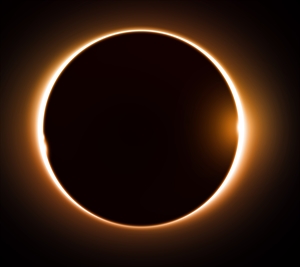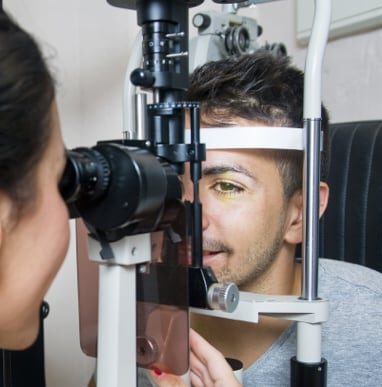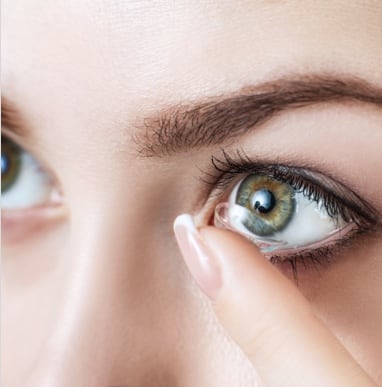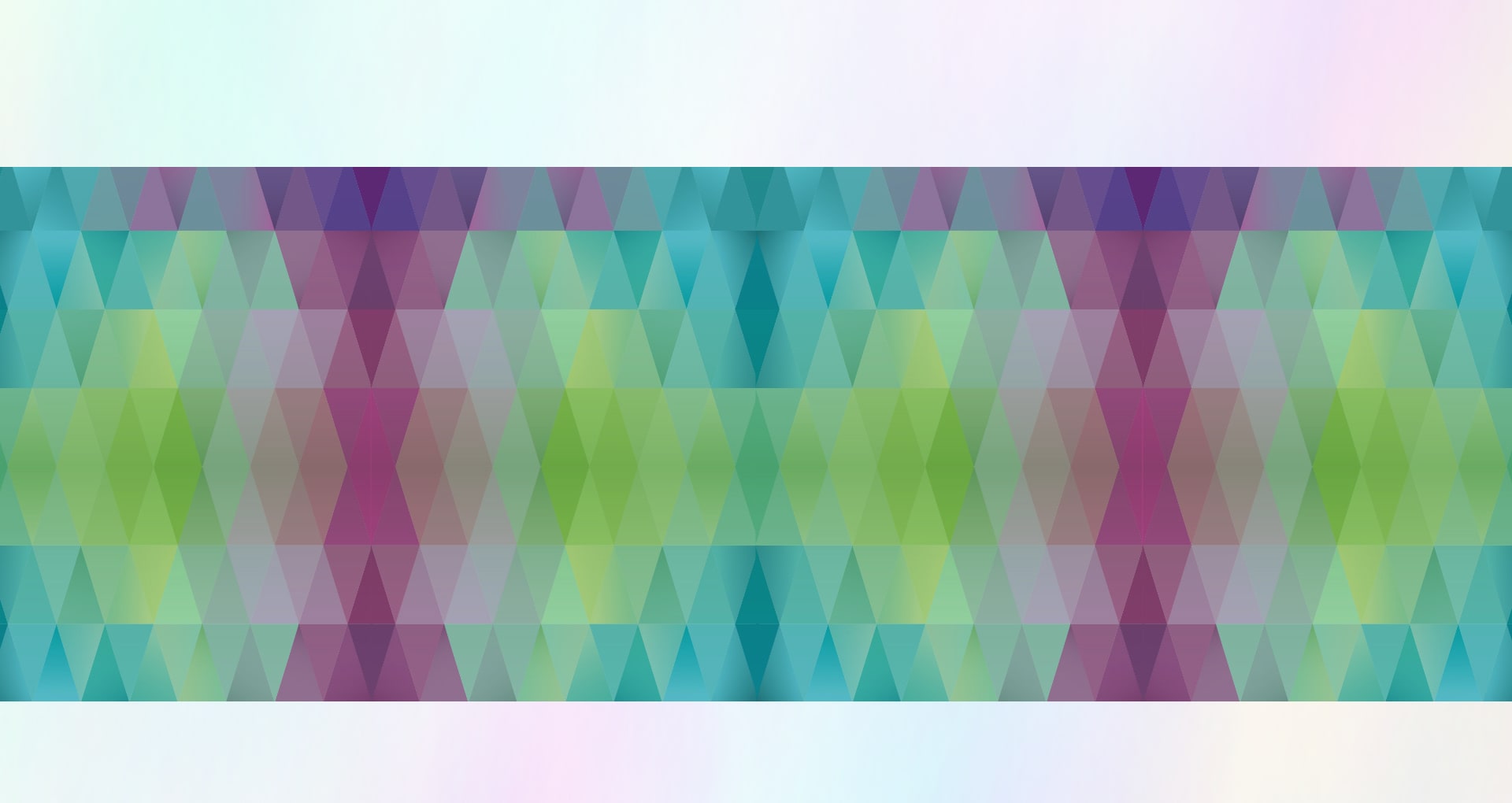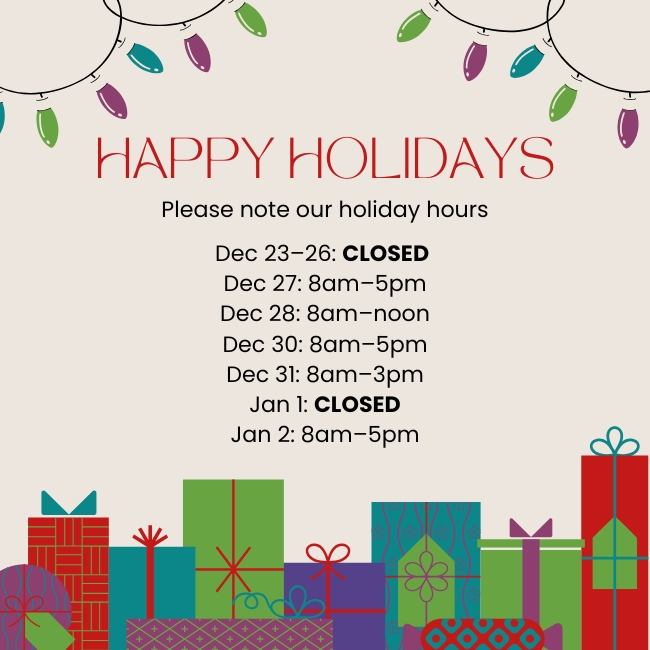Solar Eclipse Information & Eye Safety
On Monday, August 21, 2017, Americans will experience the first total solar eclipse to span this country from coast to coast since June 8, 1918 – 99 years ago! So this Great American Eclipse will truly be a moment for the ages. This will be an opportunity to witness the corona of the sun’s atmosphere in a dark night sky, right in the middle of the day. This phenomenon occurs when our moon entirely blocks the light of the sun, producing darkness amidst the day. The sun is 400 times larger than the moon, however it is also 400 times farther away, so the two objects appear to be the same size in our sky. This is the reason that a total solar eclipse can occur – but only when the moon is in new moon phase. When this precise alignment of the earth, a new moon and the sun occur, it is said that the three are in syzygy. This alignment is rare and awe inspiring in every way.
Here in Peoria, Illinois, the moon will produce a 93% partial eclipse of the sun. The entire country will experience a partial eclipse of varying percentages based on the location. The “band of totality” will stretch from Oregon to South Carolina and will run through the southern tip of Illinois. If one is located within the “band of totality”, they will experience the total eclipse phenomenon.
To learn more about the phenomenon of a solar eclipse, watch this video:
[iframe https://www.youtube.com/embed/oNH3akWXaV8?rel=0 620 349]
Safe viewing of the eclipse
It’s never a good idea to look at the sun, and that includes during a solar eclipse. It’s already important to wear UV-blocking sunglasses outside during the brightest hours of the day even when we aren’t looking directly at the sun. The light-sensitive cells that allow us to see are like delicate instruments, and looking at the sun overloads them. You can actually burn your retinas—a condition called solar retinopathy—by looking at the sun, and it doesn’t take long.
So how can we enjoy a solar eclipse if it’s never safe to look at the sun? We need eclipse glasses! These are special glasses designed to block out all of the harmful UV rays and the excess light so that you can look at the solar eclipse without fear of damage to your eyes.

Eclipse glasses are not the same as ordinary sunglasses, and even the very best polarized UV-blocking sunglasses are not sufficient protection for looking at the sun. In order to be approved by NASA, eclipse glasses can’t let more than 0.00032 percent of the sun’s light through them, they can’t have any bubbles or scratches, and they should include safety instructions printed on the earpieces. Do not risk your vision health by wearing eclipse glasses or using a solar viewer that doesn’t meet ISO 12312-2 international safety standards.
Here is a special episode of “TIM Talks” by Dr. Tim Cundiff where he discusses the solar eclipse and the importance of safe viewing methods:
[iframe https://www.youtube.com/embed/Venv670b_Fw?rel=0 620 349]
Additional Solar Eclipse Resources:
- The official statement from the American Astronomical Society, the American Optometric Association, NASA and others regarding safe viewing of the eclipse: https://www.aoa.org/Documents/public/AAS-Solar-Eclipse-Safety-v170210.pdf
- The official NASA eclipse website with a wealth of information, education and more: https://eclipse2017.nasa.gov/
- How to make your own pinhole camera to view the eclipse: https://www.jpl.nasa.gov/edu/learn/project/how-to-make-a-pinhole-camera/
Solar Eclipse Party at the Peoria Riverfront Museum
If you are in the Peoria area, there will be a free, open-to-the-public eclipse viewing party at the Riverfront Museum. From 11:45am to 1:30pm on the Museum’s Sun Plaza, you can join others to view the partial eclipse. Museum staff will be on hand to assist with safe viewing methods – including solar telescopes and pinhole cameras. Visit the Museum’s website for a wealth of eclipse-related information: http://www.peoriariverfrontmuseum.org/dome-planetarium/total-solar-eclipse-of-2017
In summary:
- Enjoy this truly once-in-a-lifetime opportunity to experience a total solar eclipse! If you are driving to an area of “totality”, plan ahead allowing for extra travel time. Traffic is expected to be highly congested with the large volume of Americans converging within the totality path.
- Be sure to protect your eyes, use caution, and view the eclipse safely!


